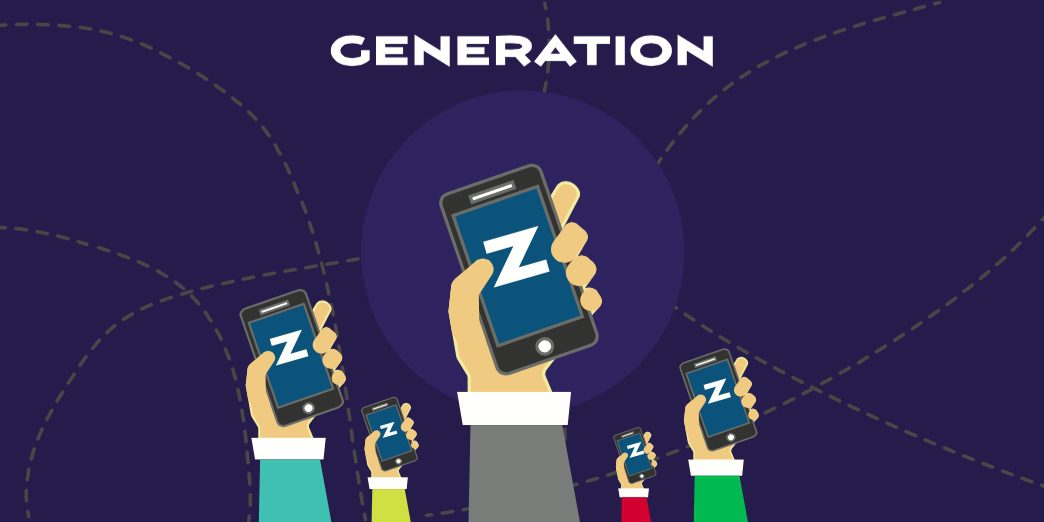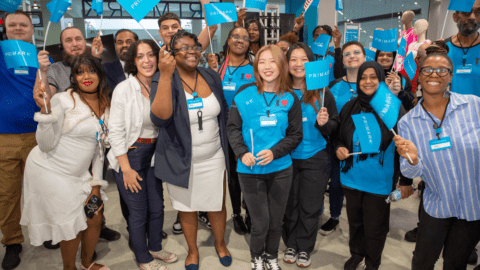Generation Z are known to be true digital natives, yet research shows that a majority of Gen Z shoppers prefer to shop in a brick-and-mortar stores. So while many of us would assume this generation is shopping exclusively on their mobile devices…they’re not. However, they are leveraging their phones to look up deals and compare prices when they are in stores. In fact, 25% of Gen Z members spend more than five hours per day on their phones.
IBM and the NRF recently released a study, titled: Uniquely Generation Z: What Brands Should Know About Today’s Youngest Consumers, and found some interesting results, including:
- 67% of Gen Z prefer shopping in stores all the time, while another 31% prefer to shop in brick-and-mortar stores sometimes;
- 66% frequently use more than one device; and
- 60% will not use an app or web site if they are too slow to load.
“Gen Z has a low tolerance for things that don’t work,” said Chris Wong, VP of Strategy and Ecosystem for IBM Global Consumer Industry at an NRF 2017 Big Show session detailing the results. “They have low patience and are very quick to abandon things.”
Advertisement
It’s up to retailers to offer frictionless experiences for this generation of shoppers. Gen Z demands highly personalized interactions and wants to be engaged with brands across channels.
“Generation Z expects technology to be intuitive, relevant and engaging — their last great experience is their new expectation,” said Steve Laughlin, General Manager of Global Consumer Industries at IBM in a statement. “This presents a significant challenge for retailers and brands, to create a personalized, interactive experience with the latest digital advances, or risk falling behind. This kind of innovation is not linear or a one-time project — it is a new way of thinking, operating and behaving.”
Gen Z Impact Extends Beyond Their Own Spending
Another key takeaway Wong highlighted during the session was that Gen Z has a significant influence (93%) on family spend. This generation is important to retailers because it has access to $44 billion in buying power, which includes their own spending and their influence on family spend.
For key product categories, the breakdown between Gen Z members spending their own money vs. their influence on family purchases is as follows:
- Clothes And Shoes: 55% spend their own money, compared to 60% influencing family spending;
- Books And Games: 52% spend their own money, while 41% influence family spending; and
- Events And Outings: 48% spend their own money, and an equal 48% influence family spend.
It’s time for retailers to start paying attention to Gen Z, said Wong. “Retailers are not ready for this generation. A lot of things they’re doing are geared to Baby Boomers and Millennials, but they haven’t thought about how Gen Z is different.”
The bottom line is that retailers need to continue to improve both the in-store and online experiences as this generation grows up.
“Just as Millennials overtook Gen X, there’s another big buying group retailers need to plan for, and it’s even larger,” said Matthew Shay, President and CEO of NRF in a statement. “They appreciate the hands-on experience of shopping in a store. With technology constantly evolving but some shopping habits remaining the same, retailers need to be agile enough to serve both needs.”









